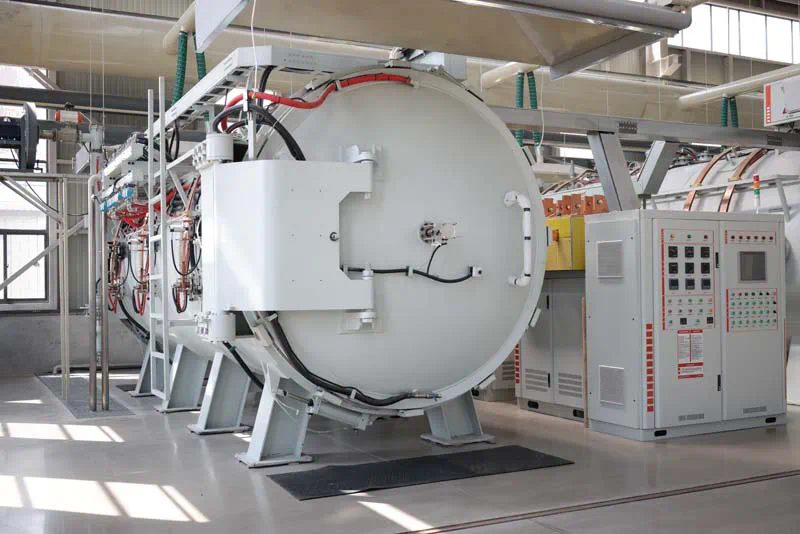Silicon Carbide (SiC) has emerged as a crucial material in the aerospace industry, revolutionizing various applications due to its exceptional properties. From enhancing engine efficiency to improving thermal management, SiC plays a pivotal role in advancing aerospace technology.
Introduction to Silicon Carbide in Aerospace
Silicon Carbide, a compound of silicon and carbon, stands out for its remarkable properties that make it ideal for aerospace applications. Its high thermal conductivity, excellent mechanical strength, and ability to withstand high temperatures and harsh environments make it a preferred choice in aerospace engineering.
Enhancing Engine Efficiency with SiC
SiC in Turbine Engines
One of the primary applications of SiC in aerospace is in turbine engines. The material’s formula for silicon carbide ability to withstand extreme temperatures and mechanical stress makes it ideal for components like turbine blades and vanes. SiC composites offer higher efficiency and durability compared to traditional materials, contributing to enhanced engine performance and fuel efficiency.
Thermal Management Solutions
SiC-Based Thermal Protection Systems

In spacecraft and hypersonic vehicles, managing heat fluxes during re-entry or high-speed flight is critical. Silicon Carbide-based thermal protection systems provide effective insulation against heat, ensuring the structural integrity and safety of the vehicle. SiC’s low thermal expansion and high thermal conductivity help in dissipating heat efficiently, silicon carbide band gap protecting sensitive components.
Structural Applications in Aerospace
SiC Composites for Lightweight Structures
The aerospace industry demands lightweight yet strong materials to reduce weight and fuel consumption. Silicon Carbide composites offer significant advantages in structural applications due to their high specific strength and stiffness. Components such as fuselage panels, wings, and control surfaces benefit from SiC’s exceptional mechanical properties, contributing to improved performance and durability of aircraft.
Electronics and Sensing Technology
SiC-Based Electronics and Sensors
Silicon Carbide is also pivotal in aerospace electronics and sensing technologies. SiC-based devices such as diodes, transistors, and sensors operate reliably at high temperatures and in harsh environments. These components are crucial for avionics, communication systems, and engine monitoring, where reliability and performance under extreme conditions are paramount.
Future Prospects and Innovations
Advancements in SiC Nanotechnology
Looking ahead, ongoing research in SiC nanotechnology promises further enhancements in aerospace applications. Nanoscale SiC materials exhibit unique properties such as enhanced thermal and mechanical characteristics, opening doors to even lighter and more efficient aerospace structures and components.
In conclusion, Silicon Carbide has proven indispensable in the aerospace industry, offering solutions to challenges ranging from thermal management to structural integrity and electronics. As technology advances and applications diversify, SiC continues to push the boundaries of aerospace engineering, ensuring safer, more efficient, and advanced aerospace systems.





